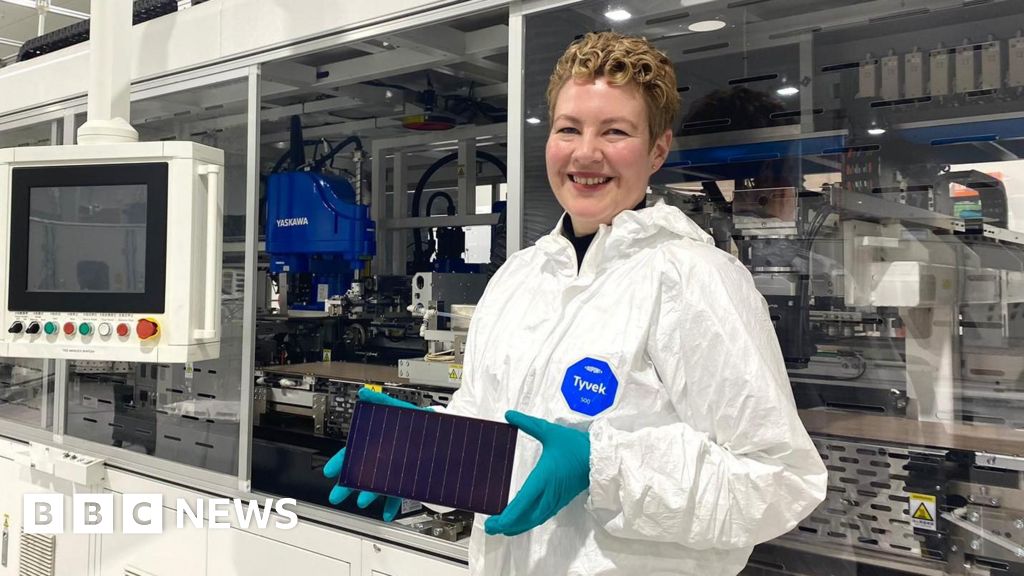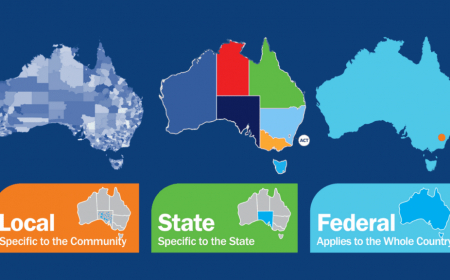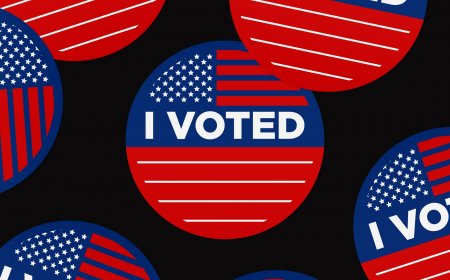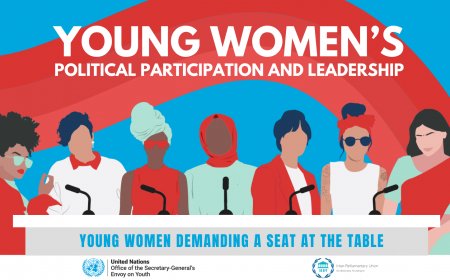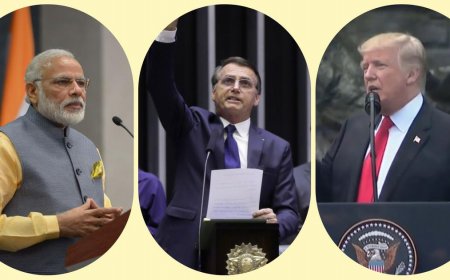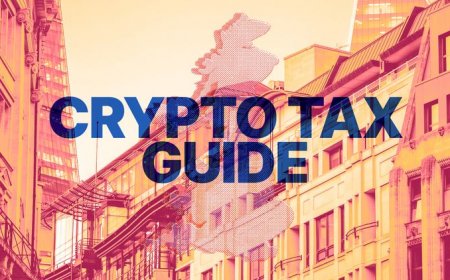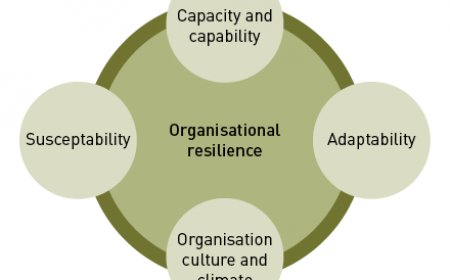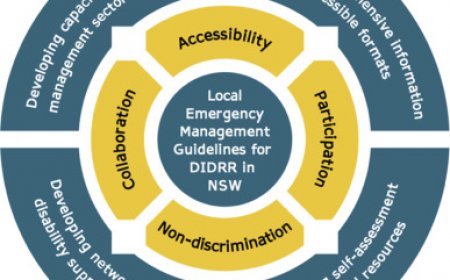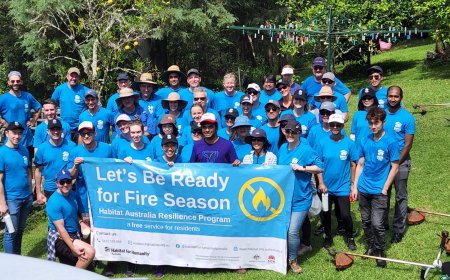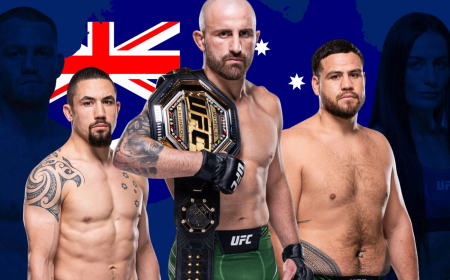Youth Engagement and Future Political Leaders: Shaping the Democratic Landscape
Discover how youth engagement shapes the future of politics. Learn strategies to boost participation, overcome barriers, and nurture the next generation of leaders. Explore case studies, tips, and FAQs on empowering young voices in governance.
In today’s rapidly evolving world, the role of youth engagement in shaping the future of politics cannot be overstated. As the torchbearers of tomorrow, young people hold immense potential to redefine governance, advocate for meaningful change, and foster inclusive societies. However, their participation in political processes remains a challenge that requires urgent attention. This article delves into the critical importance of youth engagement, the barriers they face, and how nurturing young leaders can pave the way for a brighter democratic future.
The Importance of Youth Engagement in Politics
Why Youth Participation Matters
Young people represent a significant portion of the global population, yet their voices are often marginalized in political discussions. According to recent statistics, individuals aged 15-29 make up nearly 30% of the world’s population , yet their voter turnout rates lag behind older demographics. Engaging this demographic is not just about increasing numbers; it’s about ensuring that policies reflect the needs and aspirations of those who will inherit the consequences of today’s decisions.
When young people participate actively in politics, they bring fresh perspectives, innovative ideas, and a sense of urgency to pressing issues like climate change, social justice, and technological advancements. Their involvement ensures that governments remain accountable and responsive to the evolving challenges of modern society. For example, youth-led movements have been instrumental in pushing for environmental reforms, gender equality, and digital rights—issues that directly impact their generation.
Moreover, engaging youth early fosters lifelong habits of civic participation. Studies show that individuals who vote or engage politically during their teenage years are more likely to remain active citizens throughout their lives. This continuity is vital for sustaining healthy democracies.
Barriers to Youth Political Engagement
Despite their potential, several obstacles hinder youth participation in politics. These include:
-
Lack of Representation : Many young people feel disconnected from political systems dominated by older generations. The average age of parliamentarians globally exceeds 50, creating a generational gap that alienates younger voters.
-
Voter Apathy : Misinformation, disillusionment, and skepticism about the effectiveness of voting discourage many youths from participating. Scandals involving corruption or inefficiency further erode trust in political institutions.
-
Systemic Challenges : Complex registration processes, restrictive voting laws, and limited access to polling stations disproportionately affect younger voters. In some countries, stringent ID requirements or inconvenient voting hours deter participation.
-
Education Gaps : Insufficient civic education leaves many unaware of their rights and responsibilities as citizens. Without understanding how political systems function, young people may feel powerless to effect change.
Addressing these barriers requires concerted efforts from governments, educational institutions, and civil society organizations. By tackling these challenges head-on, we can create an environment where youth feel empowered to contribute meaningfully to political discourse.
Empowering Young Leaders: The Path Forward
Building Leadership Skills Among Youth
To cultivate the next generation of political leaders , we must invest in programs that develop leadership skills among young people. Mentorship initiatives, internships with policymakers, and leadership workshops can provide hands-on experience and inspire confidence in aspiring leaders.
For instance, organizations like YouthLead and Global Young Leaders Conference (GYLC) have successfully empowered thousands of young individuals worldwide. These platforms offer networking opportunities, skill-building sessions, and exposure to real-world policy-making scenarios. Participants learn negotiation techniques, public speaking, and strategic planning—skills essential for navigating the complexities of modern politics.
Furthermore, universities and colleges play a crucial role in nurturing leadership talent. Student government associations, debate clubs, and mock parliaments allow students to practice governance in controlled environments. Such activities simulate real-life decision-making processes and prepare participants for future roles in public service.
Promoting Civic Education
Civic education plays a pivotal role in fostering informed and engaged citizens. By integrating comprehensive civics curricula into school systems, we can equip students with the knowledge needed to navigate political landscapes effectively. Topics such as understanding electoral systems, analyzing public policies, and practicing critical thinking should be prioritized.
Moreover, leveraging digital tools—such as interactive apps and online courses—can make civic education more accessible and engaging for tech-savvy youth. Platforms like iCivics and Democracy Chronicles use gamified approaches to teach users about governance and decision-making processes. These tools transform abstract concepts into relatable experiences, making learning enjoyable and impactful.
Additionally, experiential learning opportunities—such as organizing student elections or hosting town halls—can deepen understanding of democratic principles. When young people witness firsthand how decisions are made and implemented, they gain a deeper appreciation for the value of participation.
Strategies to Boost Youth Political Participation
Digital Campaigns and Social Media Advocacy
Social media has emerged as a powerful tool for mobilizing young voters and amplifying their voices. Platforms like Instagram, TikTok, and Twitter allow youth-led movements to gain traction quickly and reach diverse audiences. For example, campaigns like #VoteReady and #YouthVoteMatters have successfully encouraged millions of young people to register and vote.
These campaigns leverage influencers, viral content, and peer-to-peer outreach to maximize impact. Memes, videos, and infographics simplify complex topics, making them more digestible for younger audiences. Additionally, live streams and virtual events enable direct interaction between candidates and voters, fostering transparency and trust.
However, while social media offers unprecedented opportunities, it also poses risks such as misinformation and echo chambers. To mitigate these challenges, fact-checking initiatives and media literacy programs are essential. Educating young people on how to identify credible sources and critically evaluate information ensures they make informed decisions.
Youth-Friendly Policies
Governments must adopt policies that cater specifically to the needs of young people. This includes lowering the voting age, simplifying voter registration procedures, and creating youth advisory councils within legislative bodies. Such measures signal a commitment to inclusivity and demonstrate that young voices matter.
For example, Austria lowered its voting age to 16 for national elections, resulting in increased youth turnout and heightened interest in politics. Similarly, New Zealand established a Youth Parliament , allowing young people to shadow MPs and propose legislation. These initiatives empower youth by giving them tangible roles in shaping policy outcomes.
Case Studies: Successful Youth Engagement Initiatives
The Rise of Greta Thunberg and Climate Activism
Greta Thunberg’s journey from a solo protester outside the Swedish parliament to a global icon exemplifies the power of youth activism. Her “Fridays for Future” movement has inspired millions of young people worldwide to demand action on climate change. What began as a solitary act of defiance grew into a global phenomenon, with protests occurring in over 150 countries.
This case underscores how passionate individuals can galvanize collective action and influence policy agendas. Governments and corporations alike have taken notice, with some committing to ambitious sustainability goals in response to mounting pressure from youth activists.
Malala Yousafzai: Education as a Catalyst for Change
Malala Yousafzai’s advocacy for girls’ education highlights another dimension of youth leadership. Through her organization, the Malala Fund , she continues to champion equitable access to education, demonstrating how young leaders can drive systemic change on a global scale.
Her story resonates deeply with young people, particularly girls facing barriers to schooling. By sharing her experiences and amplifying marginalized voices, Malala has become a symbol of resilience and determination. Her work serves as a reminder that even the youngest voices can spark transformative movements.
The Role of Technology in Engaging Youth
E-Voting and Digital Accessibility
Technological advancements present exciting possibilities for enhancing youth engagement. E-voting systems, mobile apps for voter registration, and virtual town halls can make political participation more convenient and appealing to younger generations. Countries like Estonia have already implemented successful e-voting models, setting an example for others to follow.
Estonia’s system allows citizens to cast ballots securely from anywhere using their smartphones or computers. This innovation has significantly boosted voter turnout, particularly among tech-savvy youth. Other nations could replicate this model by investing in secure digital infrastructure and educating citizens on its benefits.
Gamification of Civic Engagement
Gamified approaches—such as quizzes, simulations, and interactive games—can make learning about politics fun and engaging. Apps like iCivics and Democracy Chronicles use gamification to teach users about governance and decision-making processes. Players assume roles such as mayor, senator, or president, grappling with real-world challenges like budget allocation and crisis management.
By immersing users in simulated environments, these tools foster empathy and critical thinking. They also demystify political jargon, making governance more relatable and less intimidating for young people.
Challenges Facing Future Political Leaders
Balancing Ideals with Realities
Aspiring young leaders often grapple with reconciling idealistic visions with practical constraints. Navigating bureaucratic red tape, managing competing interests, and addressing entrenched inequalities require resilience and adaptability. While passion fuels activism, pragmatic strategies are necessary to translate ideals into actionable policies.
For example, youth advocates fighting for universal healthcare must contend with budgetary limitations and vested interests. Developing negotiation skills and building coalitions are crucial steps toward achieving tangible results.
Overcoming Ageism
Ageism remains a pervasive issue in politics, where seniority is often equated with competence. Breaking down these stereotypes necessitates showcasing successful young leaders and highlighting their achievements. Media coverage, awards, and recognition programs can amplify positive narratives and challenge outdated perceptions.
Tips for Encouraging Youth Involvement
- Start early by introducing civic concepts in primary schools.
- Leverage influencers and celebrities to promote voter registration drives.
- Create safe spaces for open dialogue between youth and policymakers.
- Celebrate youth contributions through awards and recognition programs.
- Provide funding for youth-led projects and initiatives.
“The future belongs to those who believe in the beauty of their dreams.” – Eleanor Roosevelt
Comparison Table: Traditional vs. Modern Approaches to Youth Engagement
Review: Verdict on Youth Engagement Efforts
While progress has been made in engaging young people politically, much work remains. Current efforts show promise but need scaling up to achieve widespread impact. Governments, NGOs, and private sector stakeholders must collaborate to create an ecosystem where youth voices are heard, valued, and acted upon.
Conclusion
Engaging youth in politics is not merely an option—it’s a necessity for sustainable development and inclusive governance. By removing barriers, promoting education, and embracing technology, we can empower young people to become active participants and future leaders. Together, we can build a world where every voice matters and democracy thrives.
10 FAQs About Youth Engagement and Future Political Leaders
-
Why is youth engagement important in politics?
It ensures policies reflect the needs of future generations and fosters accountability. -
What are common barriers to youth political participation?
Lack of representation, voter apathy, and systemic challenges. -
How can schools promote civic education?
By integrating comprehensive civics curricula and using digital tools. -
What role does social media play in youth activism?
It amplifies voices, mobilizes supporters, and raises awareness. -
Are there examples of successful youth-led movements?
Yes, such as Greta Thunberg’s climate activism and Malala’s education advocacy. -
How can technology enhance youth engagement?
Through e-voting, mobile apps, and gamified learning experiences. -
What policies support youth inclusion in politics?
Lowering voting ages, simplifying registration, and establishing youth councils. -
How do mentorship programs help young leaders?
They provide guidance, networking opportunities, and practical experience. -
What challenges do young leaders face?
Balancing ideals with realities and overcoming ageism. -
How can communities encourage youth involvement?
By creating safe spaces for dialogue and celebrating youth contributions.
What's Your Reaction?
 Like
0
Like
0
 Dislike
0
Dislike
0
 Love
0
Love
0
 Funny
0
Funny
0
 Angry
0
Angry
0
 Sad
0
Sad
0
 Wow
0
Wow
0


